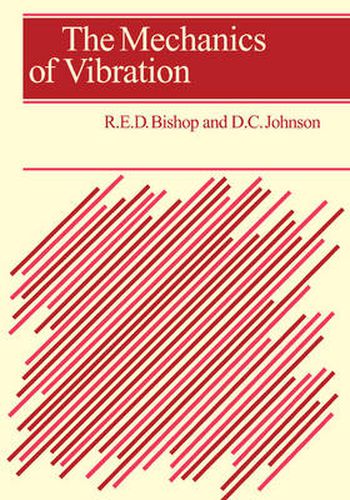Readings Newsletter
Become a Readings Member to make your shopping experience even easier.
Sign in or sign up for free!
You’re not far away from qualifying for FREE standard shipping within Australia
You’ve qualified for FREE standard shipping within Australia
The cart is loading…






Originally published in 1960, the primary aim of this book was to give the reader an insight into the vibration characteristics of a machine or structure rather than to present them with a recipe for formal calculations. Within the text classical theory is developed by starting from the concept of steady forced motion and then introducing free motion as a limiting case. The concept of resistance or ‘dynamic flexibility’ is used throughout and provides a link between the treatment of very simple systems, multi-freedom systems with lumped parameters and infinite-freedom systems. It also provides a tool for breaking down complex problems into simpler parts. The mathematics will be understood by a student taking an honors course in engineering, and the book’s primary purpose was to provide them with a background for their studies and with a path along which to advance for further work.
$9.00 standard shipping within Australia
FREE standard shipping within Australia for orders over $100.00
Express & International shipping calculated at checkout
Originally published in 1960, the primary aim of this book was to give the reader an insight into the vibration characteristics of a machine or structure rather than to present them with a recipe for formal calculations. Within the text classical theory is developed by starting from the concept of steady forced motion and then introducing free motion as a limiting case. The concept of resistance or ‘dynamic flexibility’ is used throughout and provides a link between the treatment of very simple systems, multi-freedom systems with lumped parameters and infinite-freedom systems. It also provides a tool for breaking down complex problems into simpler parts. The mathematics will be understood by a student taking an honors course in engineering, and the book’s primary purpose was to provide them with a background for their studies and with a path along which to advance for further work.